When a top predator vanishes from an ecosystem, the effects ripple through the entire biological community, often with unexpected and far-reaching consequences. These apex predators—whether wolves in Yellowstone, sharks in marine environments, or big cats in grasslands—play crucial roles that extend far beyond their hunting activities. Their disappearance can trigger what ecologists call “trophic cascades,” fundamental reorganizations of ecosystems that can transform landscapes, alter species composition, and even influence climate patterns. Understanding these complex relationships has become increasingly important as human activities continue to threaten predator populations worldwide. This article explores the multifaceted impacts of predator loss and what it means for ecosystems and human communities alike.
The Critical Role of Top Predators in Ecosystems
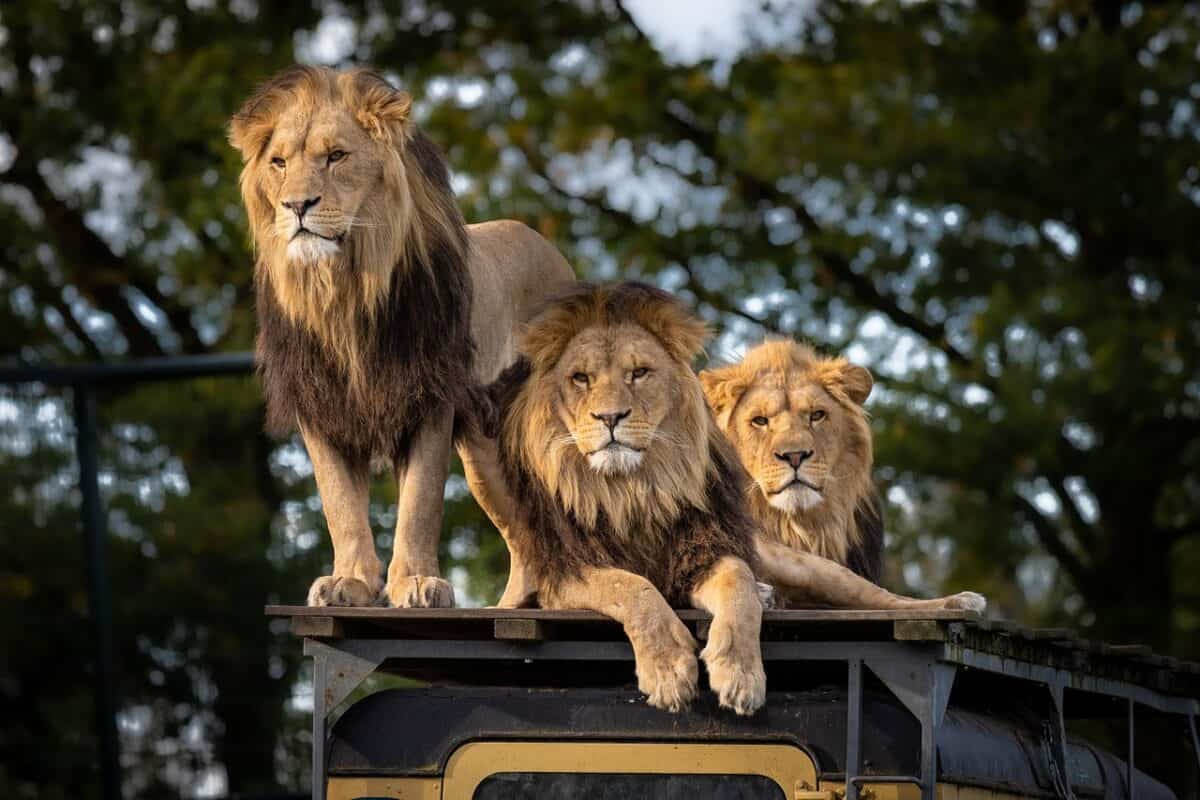
Top predators, or apex predators, sit at the pinnacle of food webs, typically having few or no natural predators themselves. These animals—including wolves, lions, orcas, and eagles—exert influence disproportionate to their often relatively small population sizes. Through direct predation, they regulate prey populations, preventing explosive growth that could deplete vegetation and other resources. But their influence extends beyond simple population control. Top predators often create what ecologists call a “landscape of fear,” where prey animals alter their behavior and habitat use to avoid predation. This behavioral modification can reshape entire ecosystems by changing where and how herbivores feed, which in turn affects plant communities and the countless organisms that depend on them.
Trophic Cascades: The Domino Effect

When a top predator disappears, the resulting trophic cascade can fundamentally transform ecosystems. The concept, popularized by ecologist Robert Paine in the 1960s, describes how changes in predator populations trigger effects that ripple downward through food webs. For instance, removing a predator typically leads to an increase in herbivore populations, which in turn increases pressure on plant communities. The Yellowstone wolf reintroduction project provided a dramatic real-world demonstration of this phenomenon. After wolves were eliminated from Yellowstone in the early 20th century, elk populations boomed, leading to overgrazing of willows and aspens. When wolves were reintroduced in 1995, elk numbers declined and their behavior changed—they avoided certain areas where they were vulnerable to predation. This allowed vegetation to recover, which in turn supported beavers, songbirds, and a host of other species, demonstrating how the presence or absence of a single predator species can reshape entire landscapes.
The Mesopredator Release Effect

One of the most significant consequences of apex predator removal is what ecologists call “mesopredator release.” This occurs when the disappearance of top predators allows smaller predators (mesopredators) to increase in abundance. For example, when wolves or cougars disappear from an area, coyote populations often explode. These mesopredators can then put tremendous pressure on smaller prey species, sometimes driving them toward local extinction. In Australia, the decline of dingoes has been linked to increased predation by introduced foxes and cats on small native mammals, contributing to Australia having the world’s highest rate of mammal extinctions. Similarly, in North American coastal systems, the decline of sea otters has allowed sea urchin populations to boom, decimating kelp forests that serve as critical habitat for numerous marine species. These cascading effects demonstrate how the loss of a single predator species can restructure entire communities through indirect ecological relationships.
Impacts on Herbivore Populations and Behavior

When released from predation pressure, herbivore populations often increase dramatically, altering their density, distribution, and behavior. Without predators, these plant-eaters may concentrate in preferred feeding areas, no longer needing to balance nutritional needs with predation risk. The resulting overgrazing can transform diverse plant communities into simplified systems dominated by unpalatable or predator-resistant species. For example, after sea otter populations collapsed along parts of the Alaskan coast, sea urchins proliferated and consumed kelp forests, creating barren underwater landscapes. On land, the extirpation of wolves and other large carnivores from parts of North America led to deer population explosions, causing overbrowsing of forest understories and preventing tree regeneration. Beyond simple numbers, predator loss also affects herbivore behavior—they may become less vigilant, more sedentary, and concentrate their feeding in ways that create localized habitat degradation. These behavioral changes can be as ecologically significant as changes in population size, affecting everything from soil erosion patterns to forest composition.
Vegetation Changes and Landscape Transformation

The effects of predator loss eventually cascade to plant communities, often with dramatic consequences for ecosystem structure and function. When herbivores increase in abundance or change their feeding patterns, vegetation typically shows predictable responses. Palatable plant species may be eliminated or reduced, while unpalatable or thorny species thrive. This selective pressure can transform diverse plant communities into simplified systems with reduced biodiversity. In Yellowstone, the absence of wolves for much of the 20th century allowed elk to heavily browse riparian willows and aspens, causing stream bank erosion, reduced beaver populations, and altered habitats for numerous species. After wolf reintroduction, researchers documented the recovery of these plant communities as elk modified their behavior to reduce predation risk. Similar patterns have been observed in marine systems, where predator loss can transform kelp forests into urchin barrens, coral reefs into algal-dominated systems, or seagrass meadows into barren substrates. These vegetation changes represent fundamental shifts in ecosystem productivity, habitat structure, and carbon storage capacity.
Effects on Biodiversity and Species Interactions
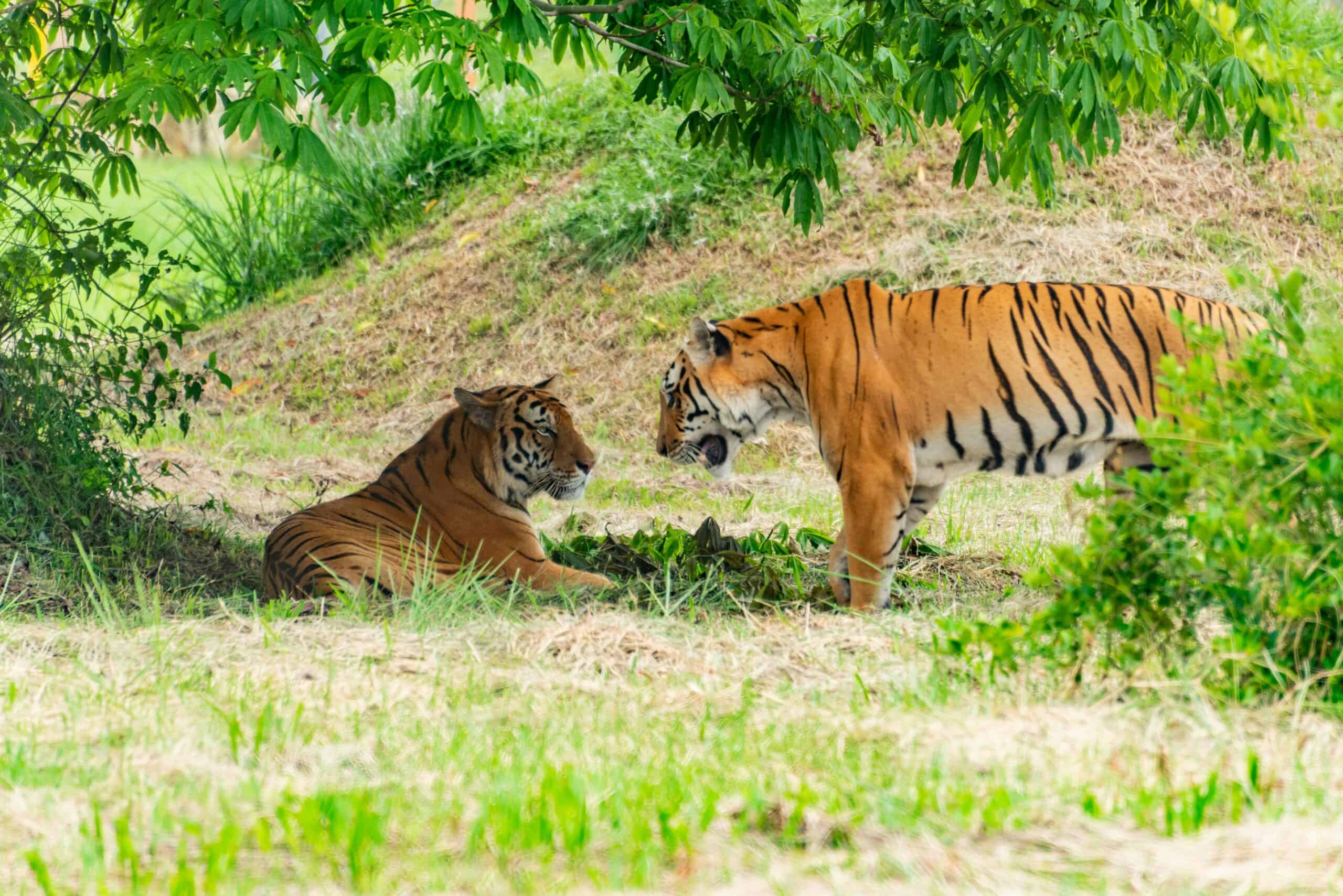
Predator removal often triggers biodiversity losses that extend far beyond the predator itself. By allowing certain prey species to dominate, predator loss can reduce habitat heterogeneity and eliminate niches for specialists. For instance, when large carnivores disappeared from parts of the eastern United States, deer populations exploded, reducing forest understory diversity through selective browsing and eliminating habitat for ground-nesting birds and small mammals. In marine systems, shark declines have been linked to the collapse of shellfish fisheries through trophic cascades—fewer sharks led to more rays, which consumed more shellfish. These biodiversity losses often include subtle interaction changes, such as altered pollination networks or disrupted seed dispersal. Research suggests that ecosystems with intact predator guilds typically maintain higher biodiversity than those where predators have been eliminated, partly because predators prevent competitive exclusion among prey species. This “top-down” regulation helps maintain the complex web of interactions that characterizes healthy ecosystems.
Scavenger Communities and Nutrient Cycling

Top predators provide critical food resources for scavenger communities through kill remains and, eventually, their own carcasses. When predators disappear, these nutrient pulses are lost, affecting species from vultures to beetles to microorganisms. For example, the decline of vultures in India following exposure to the veterinary drug diclofenac created cascading effects when feral dogs replaced vultures as the dominant scavengers, leading to increased human rabies cases. Predators also influence nutrient cycling by moving nutrients across habitat boundaries. Salmon-eating bears in the Pacific Northwest transport marine-derived nutrients to terrestrial ecosystems when they catch fish and leave partially eaten carcasses in forests. Similarly, wolves redistribute nutrients across landscapes through their kills and feces. These nutrient transfers can be critical in nutrient-limited environments, affecting soil fertility, plant growth, and microbial communities. When predators are removed, these nutrient subsidies diminish, potentially reducing ecosystem productivity and altering biogeochemical cycles across landscapes.
Disease Dynamics and Host-Pathogen Relationships

Predators play subtle but crucial roles in disease regulation within ecosystems. By preferentially hunting weak, sick, or vulnerable prey individuals, predators can remove infected animals from populations before they can transmit diseases to others—a process sometimes called the “healthy herds” hypothesis. When predators are removed, this selective pressure diminishes, potentially allowing diseases to spread more easily through prey populations. For example, studies have suggested links between wolf extirpation and increased prevalence of chronic wasting disease in deer populations across parts of North America. Additionally, predator loss often leads to higher prey densities, creating conditions where density-dependent diseases can spread more easily. The complex relationships between predators, prey, and pathogens mean that predator removal can have unexpected consequences for disease dynamics. In some systems, predator loss has been linked to increased parasite loads in surviving prey populations or shifts in the community composition of disease vectors. These changes can ultimately affect human health, as many wildlife diseases can spill over into domestic animals or human populations.
Climate and Carbon Storage Implications
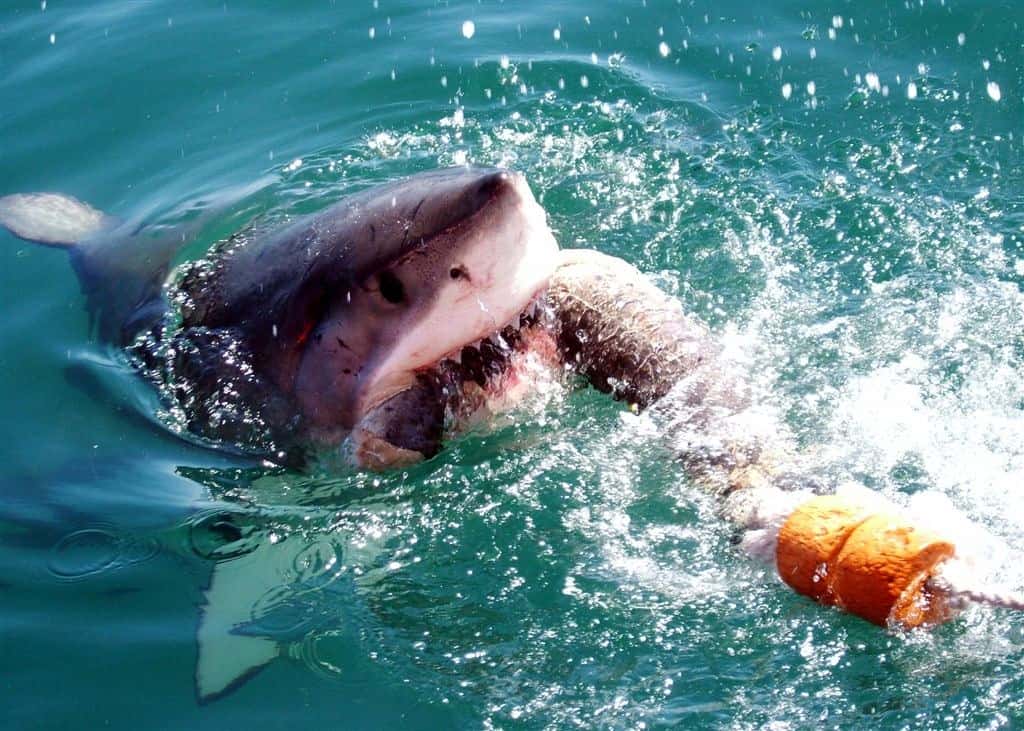
Emerging research suggests that predator loss can have surprising effects on climate regulation and carbon storage. When herbivore populations increase following predator removal, their increased consumption of vegetation can reduce the capacity of ecosystems to sequester carbon. In forest ecosystems, heavy browsing by unchecked herbivore populations can prevent tree regeneration, reducing long-term carbon storage. Marine predator declines can be equally consequential—reductions in shark populations have been linked to decreased carbon sequestration in seagrass meadows as dugongs and sea turtles, released from predation pressure, overgraze these important blue carbon habitats. In kelp forests, the loss of sea otters allows sea urchins to consume kelp, reducing carbon uptake and storage. Scientists have estimated that restoring sea otter populations along the North American west coast could sequester significant amounts of atmospheric carbon through kelp forest recovery. These examples illustrate how predator conservation might represent an underappreciated strategy for climate change mitigation, linking biodiversity conservation with climate policy in novel ways.
Economic and Social Consequences
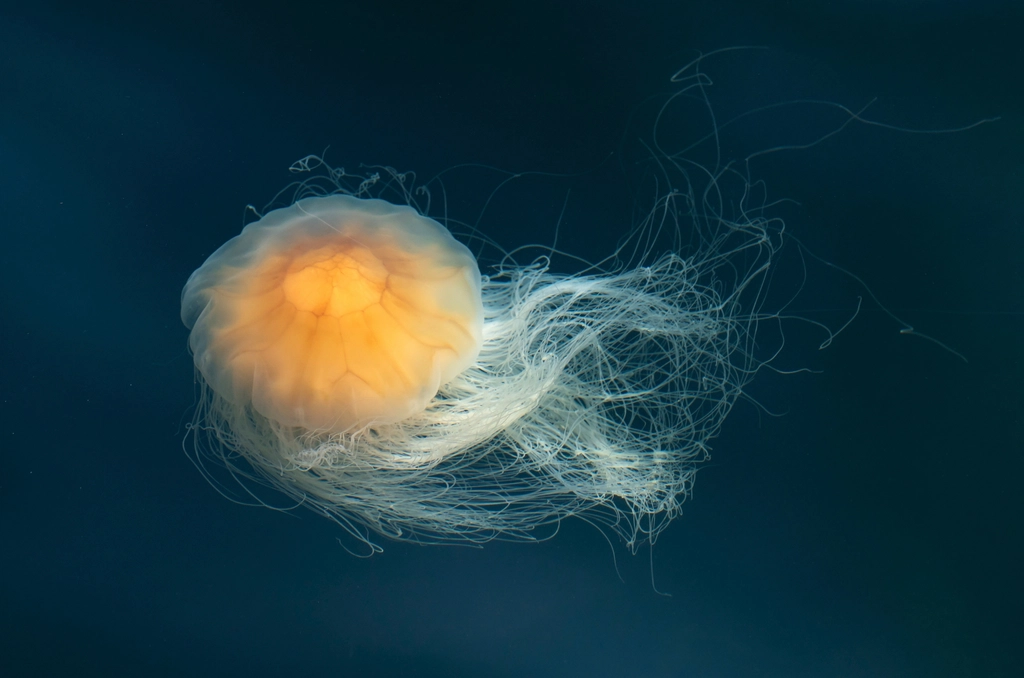
The ecological disruptions caused by predator loss often translate into economic and social consequences for human communities. When trophic cascades alter ecosystem productivity or species composition, industries dependent on those resources—including fishing, forestry, and tourism—may suffer. For instance, the collapse of cod populations in the Northwest Atlantic, partly attributed to the removal of large predatory fish, devastated coastal fishing communities and required massive government assistance. Conversely, the reintroduction of wolves to Yellowstone has generated substantial economic benefits through increased tourism. Predator loss can also affect human health and safety through altered disease dynamics or unexpected increases in dangerous species. For example, declining shark populations in some regions have been linked to increases in venomous jellyfish that prey on the same fish as sharks, creating hazards for swimmers and challenges for coastal tourism. Agricultural systems can also be affected when predator removal allows rodent or insect pest populations to increase, requiring greater pesticide use. These examples demonstrate that predator conservation is not merely an aesthetic or ethical concern but often serves human economic and social interests.
Restoration Challenges and Predator Reintroductions
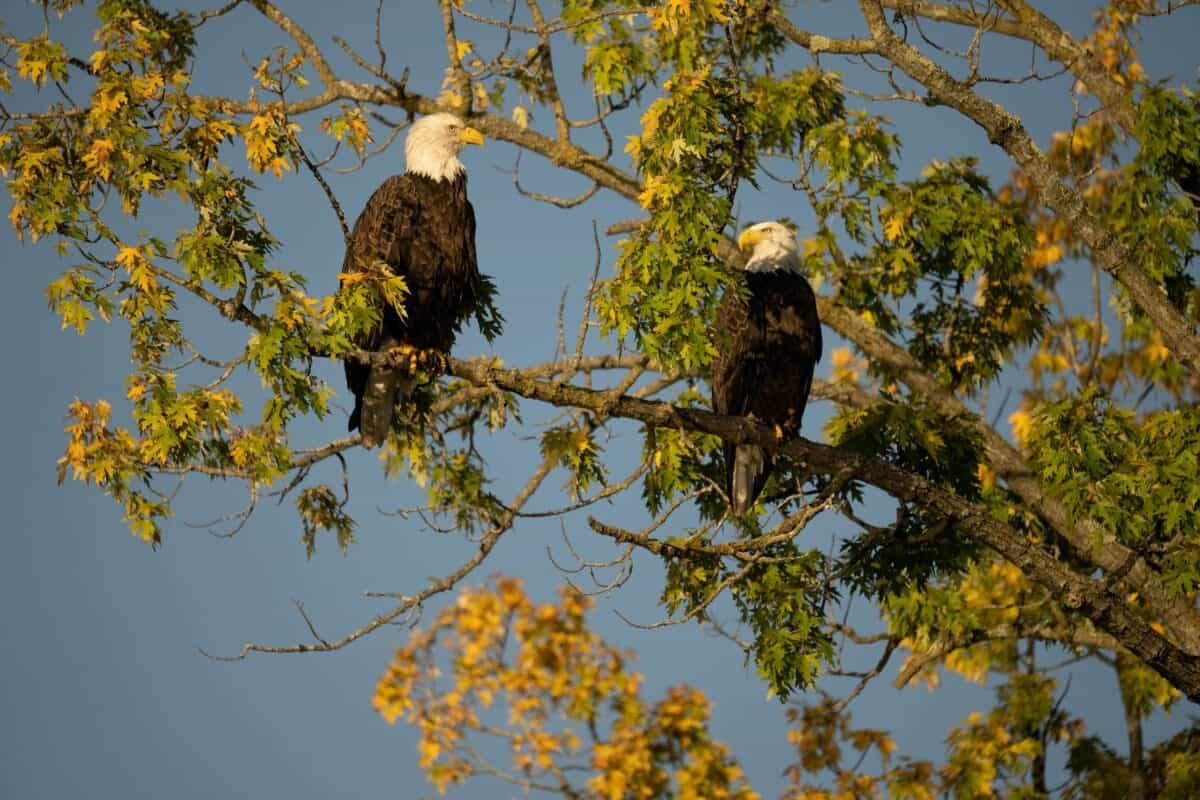
Recognizing the importance of predators has led to increased interest in their restoration to ecosystems where they’ve been eliminated. However, predator reintroduction presents complex ecological and social challenges. Ecologically, lost predator-prey dynamics may be difficult to reestablish, particularly if prey species have adapted to predator-free conditions or if habitat fragmentation prevents natural movement patterns. Socially, predator reintroduction often faces resistance from stakeholders concerned about livestock predation, human safety, or competition for game species. The successful wolf reintroduction to Yellowstone required extensive planning, stakeholder engagement, and compromise—yet it remains controversial decades later. Other reintroduction efforts, such as attempts to restore Florida panthers or European lynx, have faced similar challenges. Despite these difficulties, successful predator restorations have provided valuable ecological insights and tangible benefits. They’ve demonstrated that some ecosystem degradation can be reversed when key species are restored, though complete recovery to historical conditions is rarely possible. These projects increasingly include social components—compensation programs for livestock losses, educational outreach, and stakeholder participation—recognizing that predator conservation must address human concerns to succeed.
Conclusion: The Delicate Balance of Predator-Prey Relationships
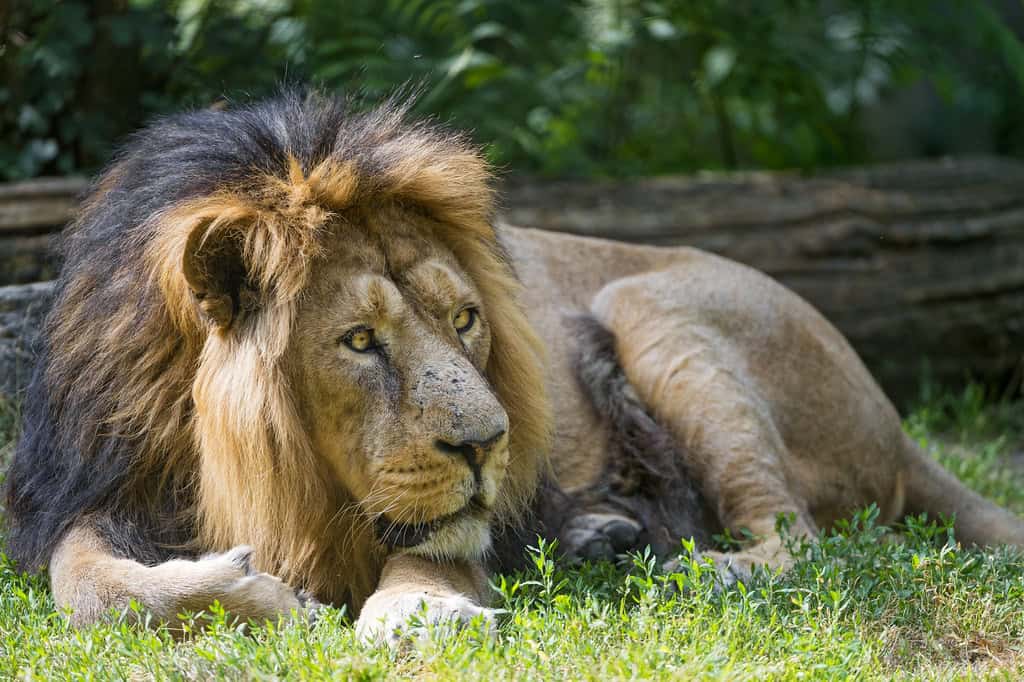
The disappearance of top predators from ecosystems creates far-reaching consequences that extend beyond simple predator-prey relationships, affecting everything from biodiversity and disease dynamics to carbon storage and human economies. These cascading effects demonstrate the intricate interconnectedness of ecological systems and the disproportionate influence of apex predators in maintaining ecosystem health and function. As human activities continue to threaten predator populations worldwide—through habitat destruction, persecution, and climate change—understanding these complex relationships becomes increasingly critical for conservation and ecosystem management. The story of predator loss and restoration offers both cautionary tales and hopeful examples of ecological resilience when key species are protected or reintroduced. Moving forward, effective predator conservation will require integrating robust ecological science with social considerations, recognizing that maintaining healthy predator populations serves not only conservation goals but often human well-being as well.
- Why Polar Bears Cover Their Black Noses While Hunting - August 15, 2025
- How Snakes Became a Central Theme in Chinese Zodiac Legends - August 15, 2025
- Can Animals Predict Earthquakes? The Science Behind the Mystery - August 15, 2025

